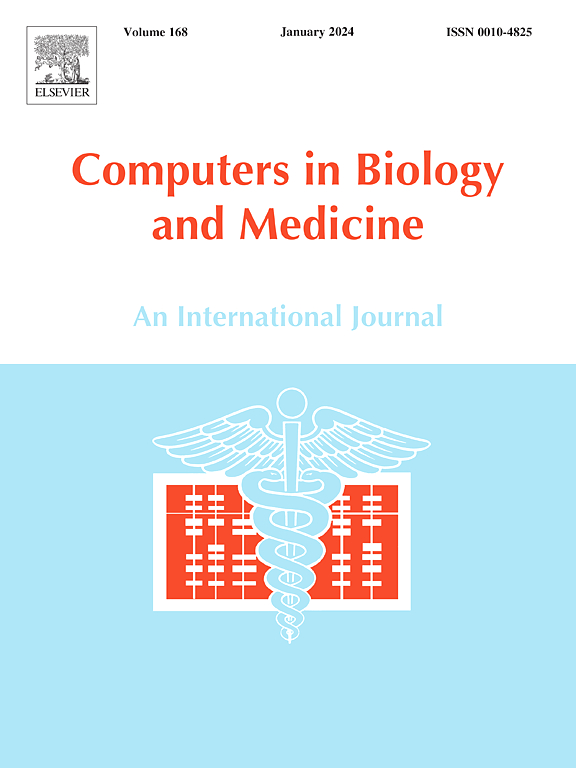预弯曲对单节段下颌骨重建一期固定稳定性的影响
IF 7
2区 医学
Q1 BIOLOGY
引用次数: 0
摘要
背景:骨自由瓣的固定用于下颌骨切除术后的节段性重建,最常见的是使用患者特异性3D打印或传统的承重重建板。传统钢板的主要挑战是手动弯曲以调整钢板以适应患者的特定下颌骨。迄今为止,这种永久性钢板变形对愈合区域内生物力学条件的影响尚不清楚。本研究旨在探讨钢板预弯曲对影响愈合结果的节段间应变的影响。方法建立生物力学有限元模型,模拟单节段下颌骨重建中钢板预弯曲和咬合。比较了预应力常规重建钢板和定制常规重建钢板在愈合区内诱导的生物力学性能。结果预测预应力板的应力较大。然而,愈合区域内的力学应变不受钢板预弯的影响。结论与普通患者特异性钢板相比,预应力钢板和定制钢板下的机械应变水平增加可能是常规固定下骨愈合率较高的原因。由于定制的传统重建钢板还具有弹性应力,并具有患者特异性钢板的优点,因此这些钢板具有生物力学和临床应用前景。本文章由计算机程序翻译,如有差异,请以英文原文为准。

Influence of pre-bending on primary fixation stability in one-segmental mandibular reconstruction
Background
The fixation of osseous free flaps for segmental mandible reconstruction after resection is most commonly performed with patient-specific 3D printed or conventional load-bearing reconstruction plates.
The main challenge with conventional plates is the step of manual bending to adjust the plate to the specific mandible of the patient. To date, the influence of this permanent plate deformation on the biomechanical conditions within the healing regions remains unknown.
The present study aimed to investigate the effect of plate pre-bending on intersegmental strains, known to influence the healing outcome.
Methods
To achieve this, biomechanical finite element models were developed to simulate plate pre-bending and biting in a one-segmental mandibular reconstruction. The biomechanics induced within the healing region were compared between a pre-stressed conventional reconstruction plate and a customized conventional reconstruction plate.
Results
Higher stresses were predicted in the pre-stressed plate. However, the mechanical strains within the healing regions were not influenced by plate pre-bending.
Conclusions
The increased levels of mechanical strains under both pre-stressed and customized conventional plates in comparison to common patient-specific plates could be a reason for the higher rates of osseous union under conventional fixation. Since customized conventional reconstruction plates additionally presented elastic stresses and include the advantages of patient-specific plates, those plates are biomechanically and clinically promising.
求助全文
通过发布文献求助,成功后即可免费获取论文全文。
去求助
来源期刊

Computers in biology and medicine
工程技术-工程:生物医学
CiteScore
11.70
自引率
10.40%
发文量
1086
审稿时长
74 days
期刊介绍:
Computers in Biology and Medicine is an international forum for sharing groundbreaking advancements in the use of computers in bioscience and medicine. This journal serves as a medium for communicating essential research, instruction, ideas, and information regarding the rapidly evolving field of computer applications in these domains. By encouraging the exchange of knowledge, we aim to facilitate progress and innovation in the utilization of computers in biology and medicine.
 求助内容:
求助内容: 应助结果提醒方式:
应助结果提醒方式:


